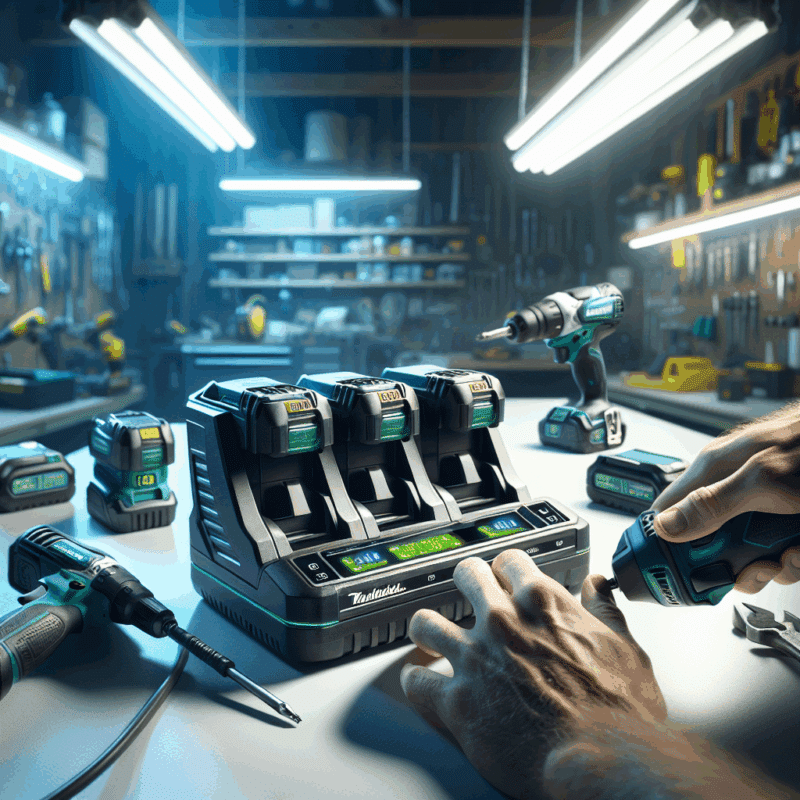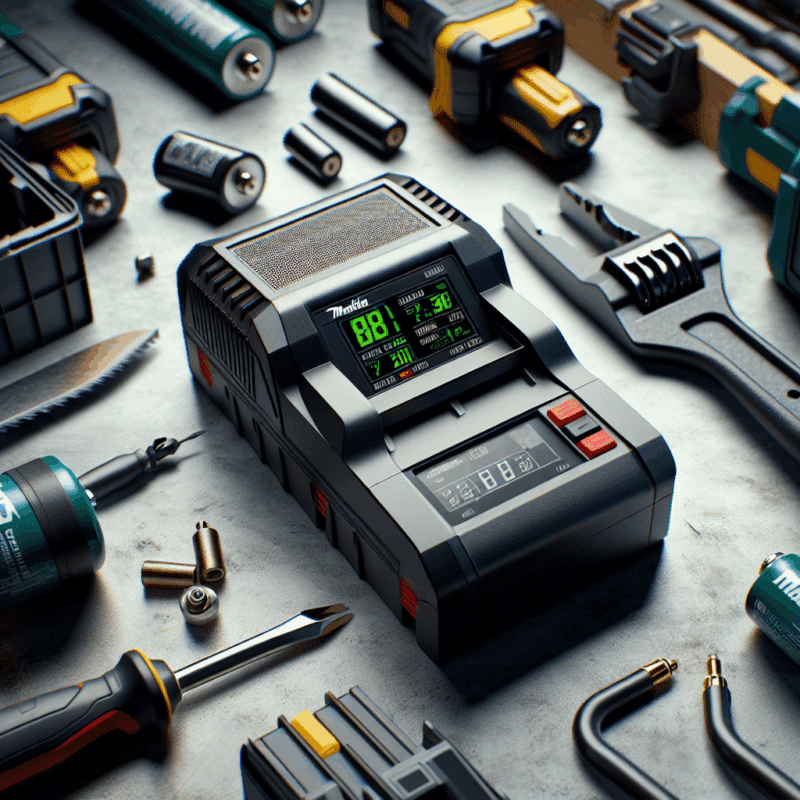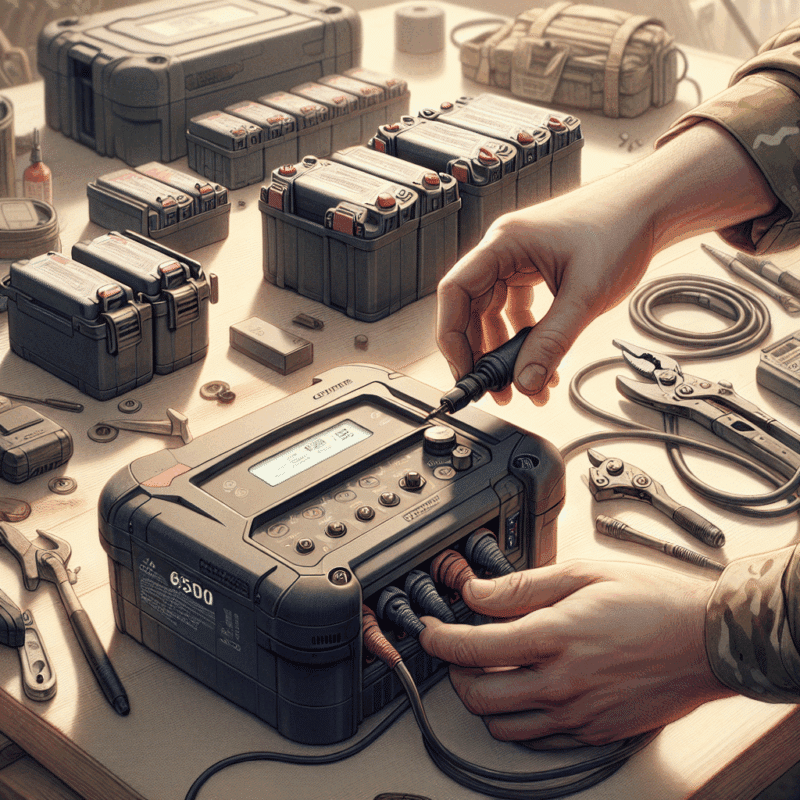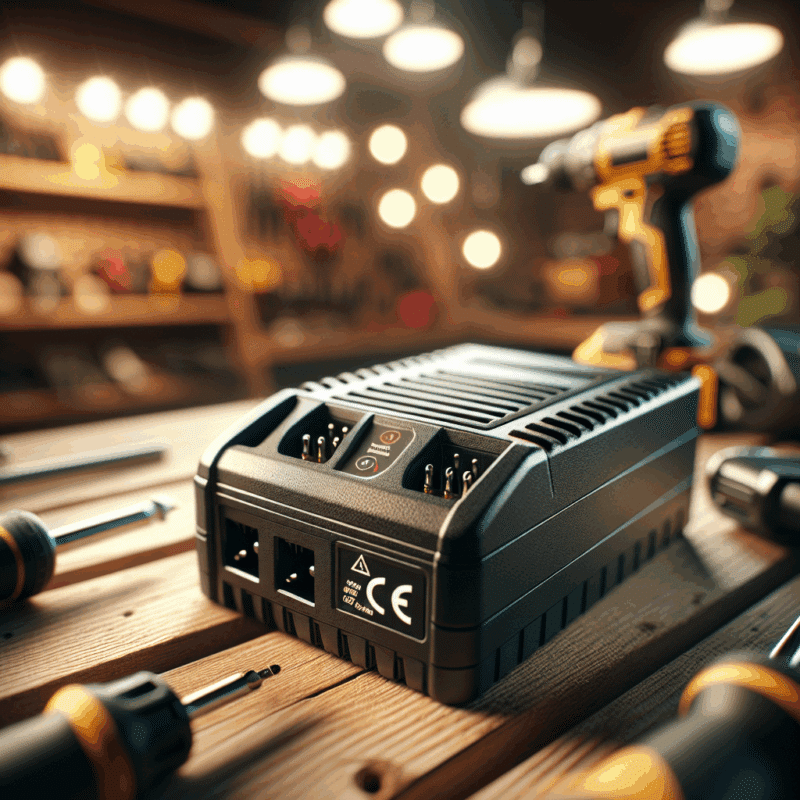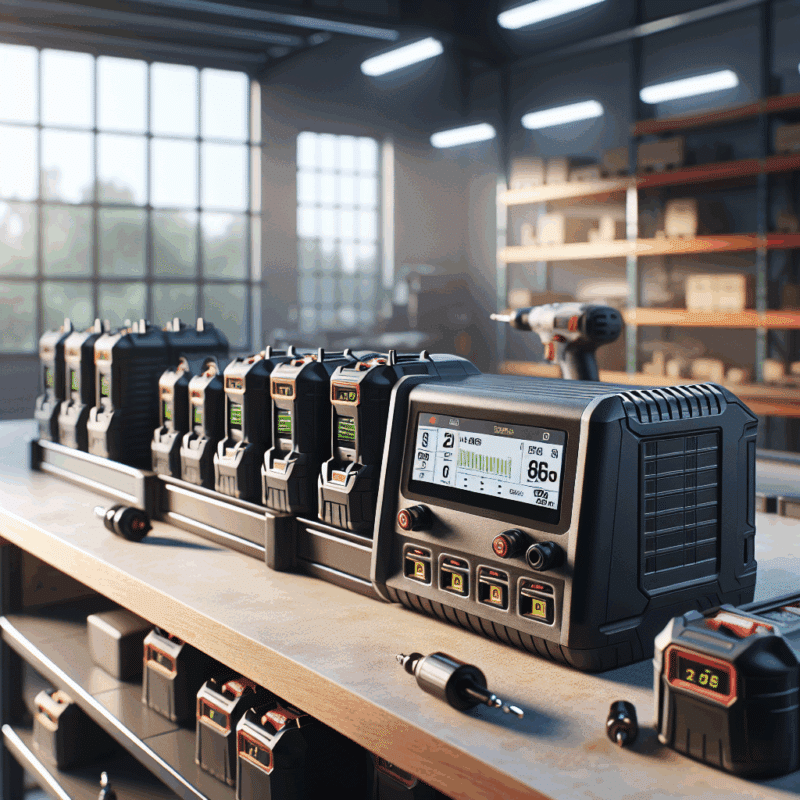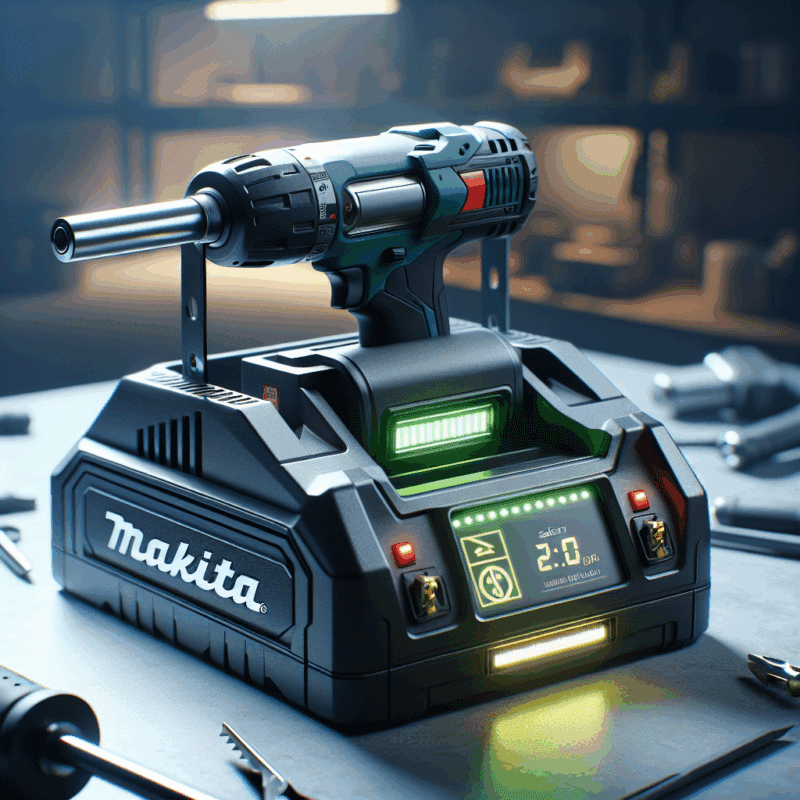DIY vs Pro Chargers: Is Fast Charging Worth It for Power Tools?
In This Article
- DIY systems appeal for cost and flexibility, but often lack safety measures.
- Pro chargers offer significantly longer battery life through intelligent thermal regulation.
- The Torxup VoltGuard 6500 is a top Makita-compatible charger for demanding users.
- Fast charging isn’t just about speed—it’s also about consistent tool uptime and reduced battery costs.
- Real-world case studies support professional charger adoption in commercial environments.
Introduction: Why This Comparison Matters
Context of Charger Options in 2024
In a world increasingly driven by efficiency and performance, power tools no longer serve only the occasional hobbyist. With more tradespeople and DIYers seeking faster charge times to keep up with demand, a fast charger comparison has never been more essential. The rise of lithium-ion batteries has led to a broad spectrum of charging methods, including budget-friendly DIY setups and cutting-edge professional-grade rapid chargers. Users today must navigate complex questions surrounding cost, battery longevity, and power tool compatibility.
More importantly, the line between DIY and professional chargers has blurred. Many consumers wonder whether building a DIY fast charging system offers similar benefits to investing in a certified pro charger—and which option yields the greater return. This fast charger comparison aims to settle that debate. Whether you’re an occasional woodworker or run a busy shop, understanding the differences in safety, charging speed, lifespan impact, and thermal regulation is critical in 2024.
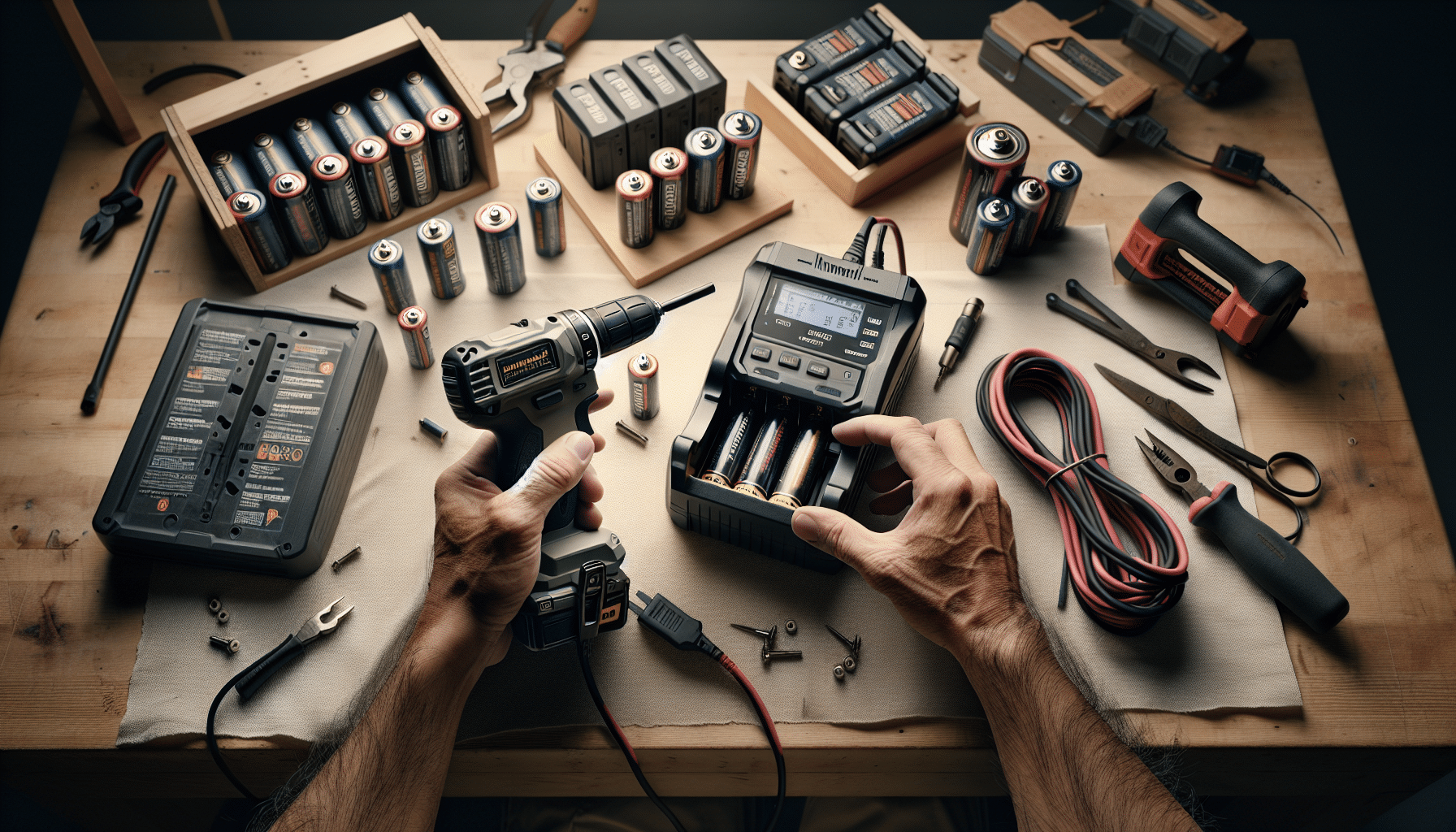
Understanding DIY Charging Setups
Benefits, Risks, and Build Considerations
DIY charging systems appeal to users who prefer customisation and cost efficiency. At their core, these setups are configured using basic components such as voltage regulators, variable current controllers, and often generic power supplies. One of the primary benefits is flexibility. Users can optimise their charging speed based on each battery’s specifications rather than rely on one-size-fits-all solutions.
However, a fast charger comparison shows that DIY setups invite significant risk when improperly configured. One common challenge lies in thermal regulation. Without advanced temperature monitoring, overheating can degrade a battery’s lifespan or, in worst cases, result in fire hazards. While DIY chargers can be tailored to charge at nearly professional speeds, the lack of built-in safety failsafes puts expensive tools and batteries at risk.
From a practical standpoint, constructing a reliable home-built charger demands a deep understanding of electronics and battery chemistry. Choosing the correct amperage settings per voltage class is crucial. A minor mistake in component wiring can lead to performance bottlenecks or catastrophic failure. Thus, while DIY systems are attractive in pricing, our fast charger comparison concludes they are seldom beginner-friendly and may cost more in the long term.
“Building your own charger can be satisfying—just know it’s not for the faint-hearted. One misstep can toast an entire tool battery bank.”
Pro-Grade Rapid Chargers Explained
Technology, Safety Features, and Reliability
Professional-grade fast chargers—often branded by manufacturers like Makita, DeWalt, and Bosch—offer unmatched charging efficiency with robust safety controls. These units employ smart-charging algorithms that automatically detect battery conditions and adjust current accordingly. Additionally, they feature advanced heat-dissipation systems to prevent thermal runaway, a contrast we’ll underline repeatedly in this fast charger comparison.
Many pro chargers utilise pulse or multi-stage charging. These techniques support both speed and battery longevity by initiating charging in lower voltages before ramping up, thus reducing voltage shock—a known cause of premature battery wear. Moreover, pro chargers often support dual-bay or even quad-bay charging simulations, allowing multiple batteries to replenish in parallel without voltage drop.
Another defining feature is manufacturer-backed testing compliance. Certified chargers undergo rigorous testing to ensure compliance with electrical standards such as CE, RoHS, and UKCA. This guarantees compatibility, long-term reliability, and overall peace of mind. In short, if your time is money—as it often is in a commercial setting—a professional fast charger returns its value manifold.
Battery Life: How Charging Affects It
Thermal Management and Charging Cycles
For any battery-powered system, lifespan hinges heavily on how it’s charged. One of the starkest revelations in any fast charger comparison pertains to battery degradation linked to heat and irregular charging flow. Rapid charging induces heat, and without proper thermal regulation, battery chemistry can destabilise, reducing both capacity and effective cycle life.
High-grade rapid chargers mitigate this risk through an embedded thermal sensor infrastructure. These sensors continuously relay information to the internal microprocessor, which regulates charging intensity. DIY systems, unless meticulously designed, rarely match this sophistication. This discrepancy accounts for the noticeably diminished cycle life experienced by many DIY users over time.
Moreover, professional chargers usually include built-in fan-assisted cooling or heat sink technology that distributes heat evenly during high-voltage sessions. This facilitates faster cooling intervals and shorter overall charge cycles. Not only does this preserve battery health, but it also ensures a more stable performance arc over the battery’s lifespan.
Speed vs Longevity: Making a Trade-off
Use Case Scenario Evaluation
When performing a fast charger comparison, it’s vital to consider the use case. For occasional weekend DIYers, optimising for highest speed may not be necessary. In contrast, tradespeople who perform repetitive or time-sensitive tasks—such as roofers, electricians, or joiners—benefit immensely from minute-by-minute savings.
Speed-focused DIY units can charge batteries up to 80% in under 30 minutes. However, this often comes at a trade-off in cycle count. Batteries exposed to unregulated currents may degrade within 150–200 cycles, compared to over 500 under optimised pro systems. Understanding this balance helps determine not just ROI but also operational consistency.
For professional users, investing in a pro fast charger isn’t a luxury—it’s a necessity. It ensures worker uptime, reduces emergency tool downtime, and adds predictability to daily workflows. Conversely, for hobbyists or tinkerers, it may be more cost-effective to accept slightly longer charge times in exchange for a lower initial outlay, especially when paired with secondary batteries.
Cost Considerations for DIYers vs Pros
Pricing Breakdown and ROI Factors
The lure of DIY setups lies in their budget-friendliness. A basic DIY charger can be assembled for £30–£50 using generic parts from online retailers. However, prices can escalate quickly when adding smart monitoring features or protective enclosures. On the other hand, professional-grade chargers range from £90 for a single-bay smart unit up to £250 or more for high-volume dual-bay systems with digital displays.
While professionals may balk at the upfront cost, a deeper look reveals long-term ROI advantages. Faster charging enables more projects per day, directly influencing bottom-line profits. Furthermore, the support and warranties provided with pro chargers offer an additional safety net, reducing potential maintenance losses.
It’s also worth examining your battery usage rate. If you go through three batteries daily, the downtime without a rapid charger adds up quickly—making a professional-grade option almost cost-neutral over time. Irrespective of the choice, it’s essential to recognise that cutting costs up front may incur hidden expenses later, especially regarding battery replacements or tool failure. For more purchasing tips, explore Learn more about Power tool charging solutions and comparisons.
Top Makita-Compatible Rapid Chargers
Recommendation: Torxup VoltGuard 6500
When evaluating Makita-compatible chargers in our fast charger comparison, the Torxup VoltGuard 6500 stands out for its firm balance between speed and safety. This unit employs a microprocessor-controlled pulse charging algorithm that auto-regulates voltage to match battery load. Charging a 6Ah battery from 0 to 100% in under 35 minutes, it sits firmly in the professional league.
Additionally, the VoltGuard 6500 includes thermal-overload protection, smart diagnostic feedback, and compatibility with over 60+ Makita tool batteries. The charger also features dual-fan cooling and integrated fire-retardant casing for enhanced safety. For those seeking a one-win solution without paying top-of-line brand premiums, this model offers exceptional value.
It’s also highly evaluated across user forums, with many praising its longevity and overall charging consistency. For further detailed specs and side-by-side benchmark results, visit Independent review of best fast chargers.
Case Study: Workshop Upgrade in Action
Before and After Fast Charger Adoption
Consider Lakeside Crafts, a small woodworking shop in Leeds. Before integrating professional-grade fast chargers, their team rotated six backup batteries daily to stay ahead of tool downtime. This not only raised equipment costs but also introduced inefficiencies in workflow and project delivery.
Post-adoption of dual-port rapid chargers, the average recharge cycle dropped from 95 minutes to 28, enabling consecutive projects without delays. Mortgage times on project completions accelerated by 20%, and battery replacement frequency declined due to optimised charging cycles. According to the shop’s owner, the ROI was tangible in under six months.
Stories like this clearly demonstrate that professional fast chargers do more than add speed—they transform operational capacity. For other users thinking of upgrading setups, Read a related article offers setup guides and expert reviews.
What the Community Thinks
Insights on Longevity and Efficiency
In our fast charger comparison, user feedback plays a crucial role. Communities across Reddit forums, YouTube reviews, and professional autoblogs repeatedly emphasise the importance of thermal control and diagnostic feedback. DIY creators often express pride in their builds but concede that long-term reliability is a concern.
Professionals, on the other hand, consistently back rapid pro-grade systems. Many report double the battery life expectancy and seamless day-to-day performance. Key performance metrics discussed in tool owner groups include amperage stability, heat dispersion, and charging cycle variance. In-depth user testing featured on AI transforming supply chain logistics reveals a growing shift towards smart-enabled pro chargers for even casual users.
Conclusion: Should You Upgrade?
This fast charger comparison paints a clear picture: the best solution depends on your use case. DIY charging systems offer flexibility and upfront savings but come with built-in compromises in terms of safety and life expectancy. For those who demand speed, reliability, and peace of mind, professional rapid chargers deliver undeniable advantages.
From enhanced thermal management to pre-set charging profiles, pro chargers ensure both tool longevity and user safety. Ultimately, upgrading is most recommended when usage frequency, job criticality, or uptime efficiency becomes paramount.
Great guide on diy-vs-pro-fast-charging-worth-power-tool – Community Feedback
Does fast charging damage power tool batteries?
Fast charging can generate more heat, potentially reducing battery life over time if not properly managed. Quality chargers with temperature monitoring help limit impact and ensure safe, reliable performance.
Is DIY charging setup safe for regular use?
DIY charging setups may lack safety features standard in professional chargers. Unless you build in voltage, current, and temperature controls, risk of battery damage or fire is higher compared to certified chargers.
Do professionals really save time with rapid chargers?
Rapid chargers can significantly reduce downtime on site, offering much faster turnaround than standard models. For professionals with high usage, the investment pays off in increased productivity and efficiency.




